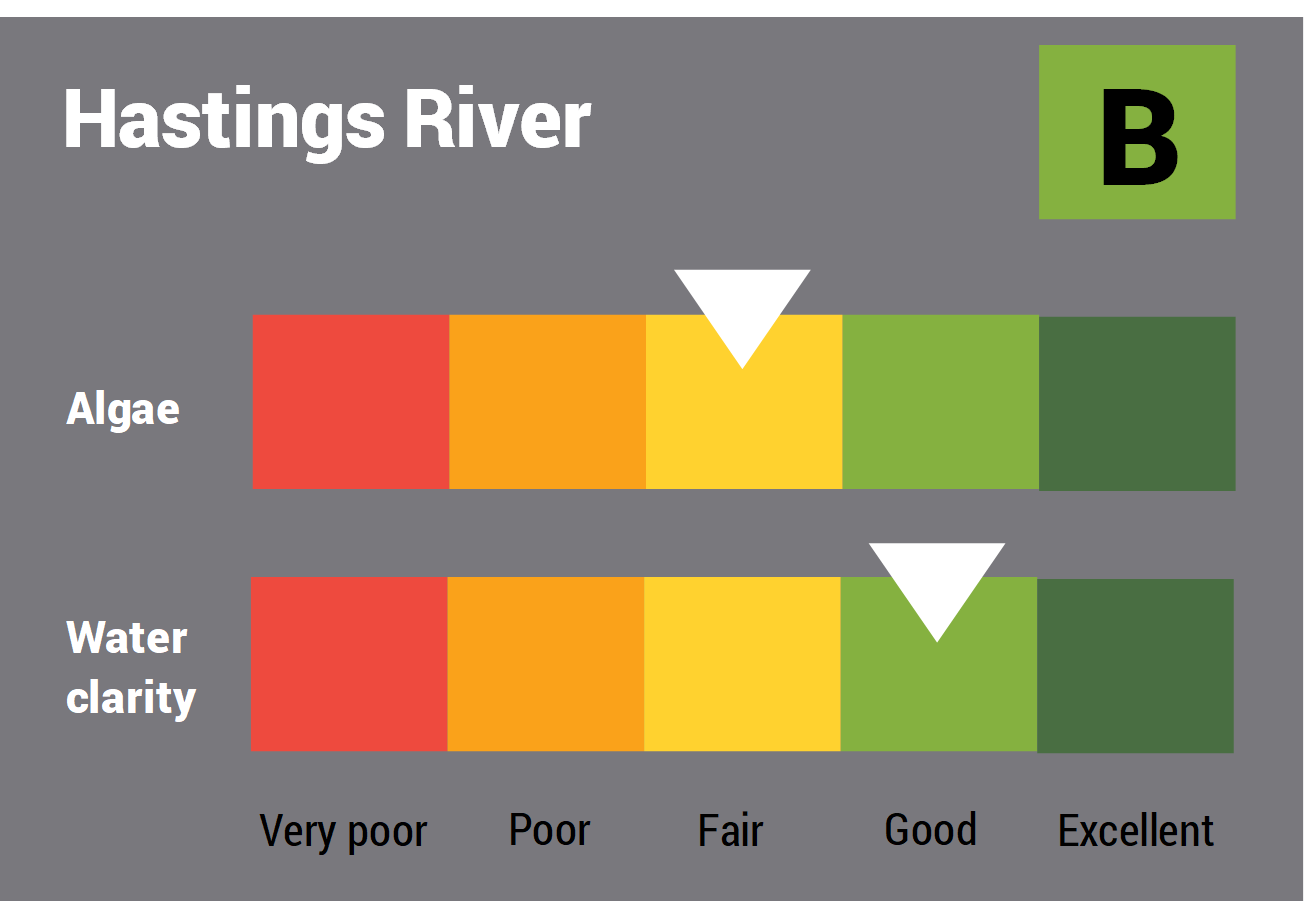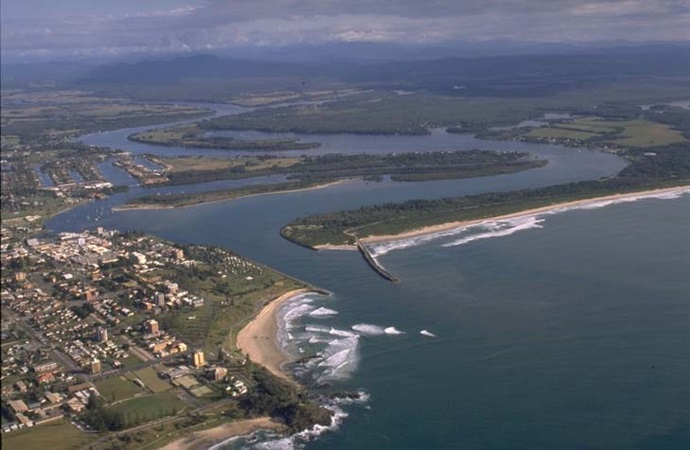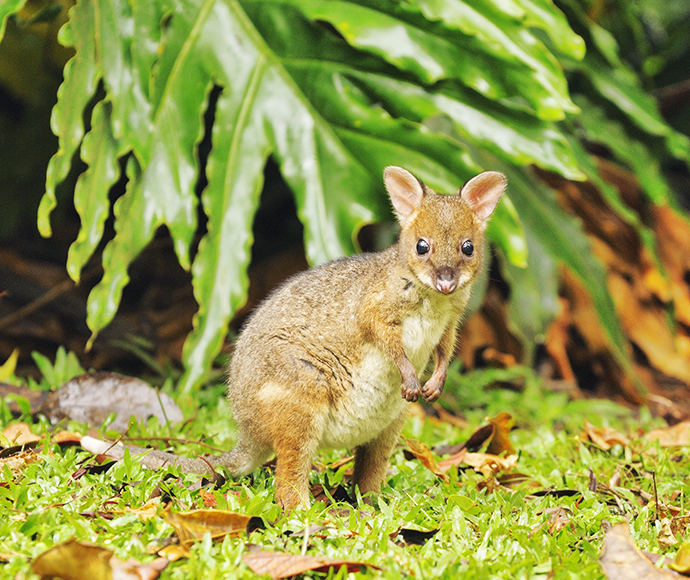Physical characteristics
Estuary type: Barrier river
Entrance
location |
Latitude (ºS) |
–31.43 |
| Longitude (ºE) |
152.92 |
| Catchment area (km2) |
3658.6 |
| Estuary area (km2) |
30 |
| Estuary volume (ML) |
52,685.9 |
| Average depth (m) |
1.9 |
Tidal exchange volume
Tidal exchange volume or tidal prism data is available for this estuary. This tidal prism was measured in 1999.
| Tide state |
Flow
(106 m3) |
Local tidal
range (m) |
Sydney Harbour
tidal range (m) |
| Ebb flow |
21.31 |
1.22 |
1.16 |
| Flood flow |
19.47 |
1.28 |
1.13 |
Notes: km2 = square kilometres; m = metres; m3 = cubic metres; ML = megalitres.
Water depth and survey data
Bathymetric and coastal topography data for this estuary are available in our data portal.
Land use
Around two-thirds of the Hastings River catchment remains as forest, and much of this lies in the upper catchment. Most of the middle valley area supports beef and dairy production, with grazing making up about one quarter of total land use. The lower valley contains more rural-residential and urban development. The largest township in the catchment is Port Macquarie, situated adjacent to the river mouth.
Water use
Find out about water use in the Hastings River, including information about major water users, real-time flow data, and environmental and water sharing plans.
Port Macquarie webcam
The Port Macquarie bar crossing web camera provides real-time video of conditions within the river entrance immediately offshore to help with bar crossings and boat safety.





